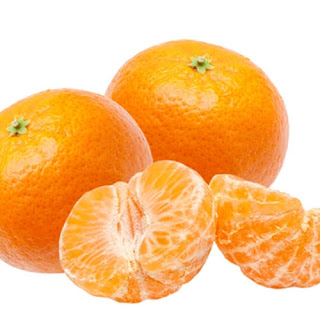You Should Never Peel These 7 Fruits and Vegetables
Everyone is aware that eating fruits and vegetables is always a wise and healthy decision compared to the majority of alternatives, especially in light of the daily marketing of unhealthy products to us.
However, by skipping the peels when eating fruits and vegetables, you might be sacrificing nutritional value. Peels are typically avoided because people believe they are dirty, contain pesticides, or are difficult to digest. These issues can undoubtedly be avoided with moderate washing. So why should we avoid peels if they are actually healthy?
Here are some instances where you might be deficient in nutrients:
1. Potatoes
Nutrients like iron, calcium, magnesium, vitamin B6, and vitamin C are abundant in potato skin. For good reason, potatoes are frequently regarded as a nutritious food. In actuality, their skin contains far more nutrients than the vegetable itself. Having said that, sweet potatoes also contain a significant amount of beta-carotene, which is converted to vitamin A during digestion. Vitamin A has a major impact on the health of our cells and the control of our immune systems.
2. Citrus Fruit
Surprisingly, an orange's peel contains twice as much vitamin C as the fruit's interior. It also contains significantly more calcium, magnesium, potassium, riboflavin, and vitamin B6. Flavonoids, which have anti-inflammatory and anti-cancer properties, are also present in the peel. The peel can be easily grated and added to salads or dressings if you don't want to eat it whole.
3. Cucumber
Cucumbers' dark skin is rich in antioxidants, which protect the body from a number of diseases. Fiber, potassium, and vitamin K are also present. On this list, this is possibly the best illustration. Therefore, request a change from the chef the next time you are eating something like a Greek salad where the peel is typically removed.
4. Egg Plant
The nasunin antioxidant, which gives eggplants their deep purple color, is excellent at preventing the growth of cancer, especially on our nervous systems. Nasunin is thought to have anti-aging benefits as well. The majority of people cook it after removing the skin, but this clearly negates any nutritional advantages. The majority of people cook it after removing the skin, but this clearly negates any nutritional advantages. Chlorogenic acid, a phytochemical with powerful anti-inflammatory and antioxidant properties, is also abundant in eggplant skin.
5. Mango
Mango skin has been found by experts to have properties similar to resveratrol, which inhibits the growth of fat cells and burns fat. Additionally, compared to the inside, the peel contains significantly more carotenoids, polyphenols, omega-3, omega-6, and polyunsaturated fatty acids. They also have quercetin in them. Either raw or cooked skin is delectable.
6. Carrot
The properties of the skin and what lies beneath it are essentially the same. Polyacetylenes, a substance that may have antibacterial and anti-inflammatory properties, are extremely abundant in the peel. However, the skins of carrots have the highest concentration of phytonutrients, so you must thoroughly wash them.
7. Watermelon
Every watermelon peel contains citrulline, a substance rich in antioxidants that transforms into arginine, an important amino acid. The heart, immune system, and circulatory system all benefit greatly from arginine. Blending the peel with the flesh in a food processor is the best way to consume it.


























No comments: